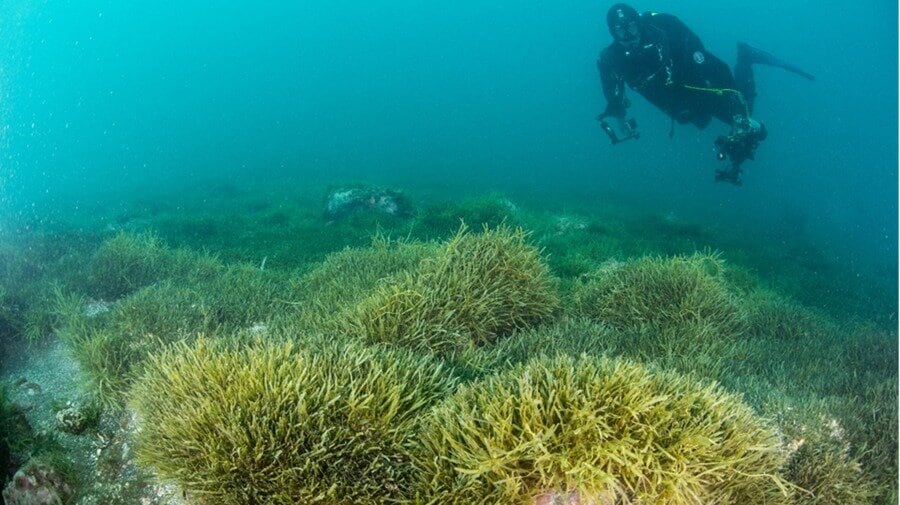Changes to the Bay of Plenty Regional Pest Management Plan (RPMP) are a response to the threat of new and emerging pests across the region.
Following a partial review of the 10-year plan by Bay of Plenty Regional Council and community feedback, the plan has been updated to include new pests.
The changes broaden the scope of action for existing pests already in the plan, and introduce new or refresh existing rules.
Regional Council biosecurity manager Greg Corbett said having a fit-for-purpose pest management plan enables the Regional Council to react quickly and appropriately when new biosecurity threats appear.
“For example, corbicula – an invasive freshwater clam – was first detected in New Zealand in the Waikato River in May 2023.
“Given the proximity of this discovery to the Rotorua Te Arawa lakes, having the right rules and resources in place now puts us in the best possible position to help reduce the risk of its spread into the region.”
Corbett said the approach was similar for marine environments, where exotic caulerpa was discovered in 2021.
“This highly invasive seaweed now covers more than 1500 hectares of the seabed in the upper North Island and impacts recreational, cultural and commercial activities.
“Including exotic caulerpa in the Regional Pest Management Plan and adapting our marine biosecurity rules is the first step to enable Regional Council to act and minimise the risk of it entering the region.”
Another new addition into the Regional Pest Management Plan is introduced turtles, such as the red-eared slider.
Corbett said this was a necessary step to minimise the risk to local ecosystems.
“With a warming climate in the region and the geothermal soils around Rotorua Te Arawa lakes, turtles are increasingly likely to survive and successfully breed out of captivity. The amended plan allows certain conditions to be imposed to prevent their establishment in the wild.”
Other changes in the Regional Pest Management Plan include treating certain species of conifers as pests, regardless of whether they were deliberately planted or not.
The amendments prohibit new plantings of these species, to ensure that the region’s biodiversity is protected from the potential impact of pines growing in the wild.
For full details on all species within the updated Regional Pest Management Plan, visit the Pest Portal at www.boprc.govt.nz/pests
-Contributed content



0 comments
Leave a Comment
You must be logged in to make a comment.